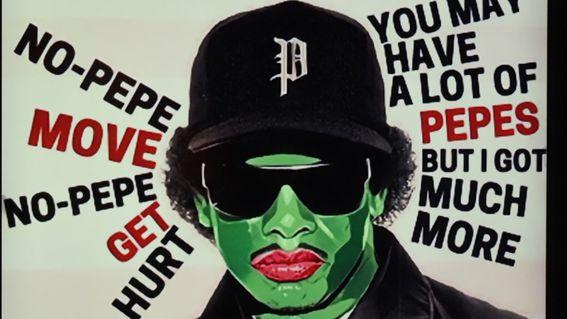
The latest flavor of the month in some areas of the crypto market is to bet on microcaps that purport to be the second coming of popular meme coins for those who missed the boat earlier.
Tokens like pepe 2.0, floki 2.0, and bobo 2.0 – which were mostly issued in the past week and are passing themselves off as new versions of the popular pepe, floki and bobo tokens – have seen trading volumes jump to millions of dollars, attracted hundreds of thousands of dollars in liquidity and turned a few dollars to six-figure fortunes almost overnight.
Most of these do not last beyond a few weeks. Last year saw hopefuls bet on articles from the English language and the grimacecoin spurred by a McDonald’s joke tweet.
Anyone can call a smart contract and issue tokens on Ethereum (or other blockchains) for a few cents, and the presence of decentralized exchanges means tokens can instantly be issued, supplied with liquidity and traded soon after.
As of Tuesday, pepe 2.0, seemingly the most popular of the clones, saw nearly $7 million worth traded in the previous 24 hours. It sported a market capitalization of $18 million, down from a peak of $45 million last week.
One wallet turned $900 of an initial pepe 2.0 purchase into over $176,000 in less than 24 hours. Analysis shows the wallet took profits on this position by as the token rose.
On-chain analysis tool Bubblemaps has pointed out the centralized behavior of some early buyers who likely cornered a large part of the pepe 2.0 supply at launch and are gradually selling the tokens. That concentration may have contributed to the large price pump amid buying demand and significantly low sales from early buyers.
The real pepecoin (PEPE) is continuing to attract investors, with some large purchases extending gains of a nearly 80% rally over the past two weeks.
Data from Lookonchain shows two wallets on Monday as a niche part of the market dogecoin (DOGE) and shiba inu (SHIB) – arguably the most popular meme coins – in the years to come.
Edited by Sheldon Reback.

